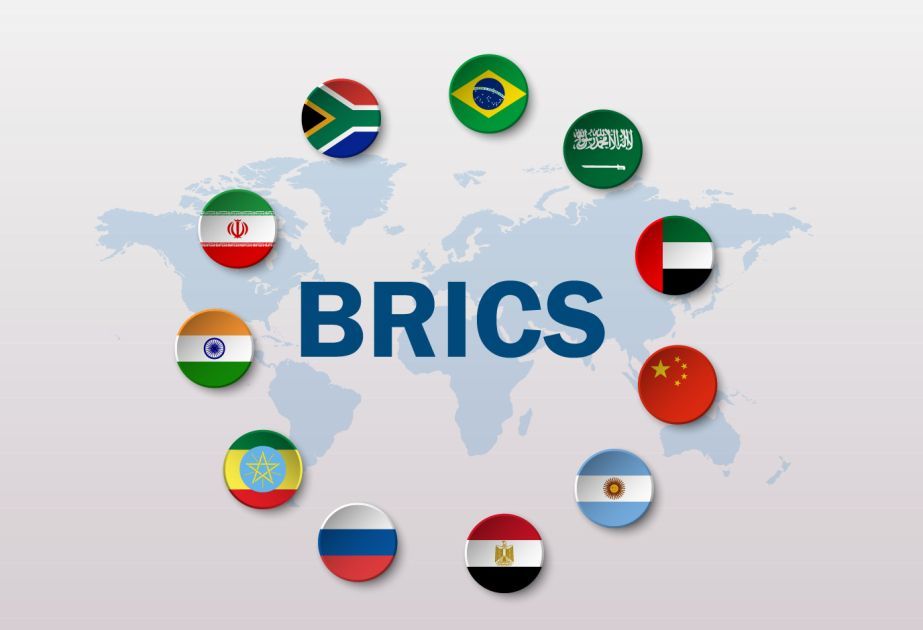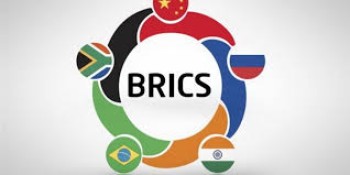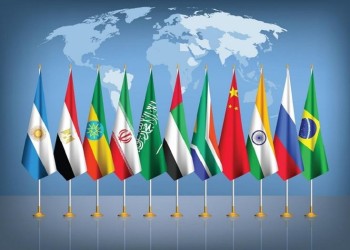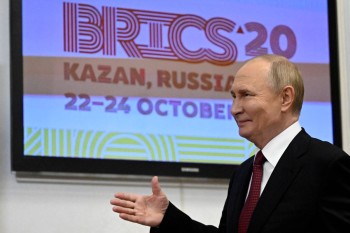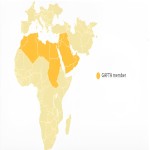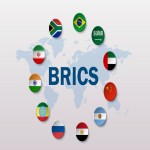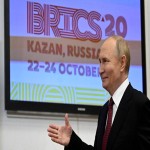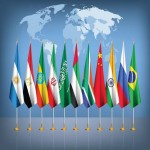BRICS: A Comprehensive Overview
The BRICS alliance, consisting of Brazil, Russia, India, China, and South Africa, emerged from the vision of Jim O'Neill, Chief Economist at Goldman Sachs. In his 2001 study titled "Building Better Global Economic BRICs," O'Neill outlined the potential of these nations as significant players in the global economy. By 2006, this analytical concept had evolved into a diplomatic grouping, aligning with the foreign policies of Brazil, Russia, India, and China. South Africa joined the coalition in 2011, leading to the adoption of the acronym BRICS.
Economic Significance
The economic influence of BRICS is substantial. Between 2003 and 2007, the growth of these four nations contributed to 65% of global GDP expansion. Currently, when measured by purchasing power parity, BRICS’ combined GDP surpasses that of both the United States and the European Union. For context, in 2003, BRICS accounted for 9% of global GDP, which rose to 14% by 2009. By 2010, the total GDP of the five nations reached approximately $11 trillion, or 18% of the world economy. This figure climbs to $19 trillion, or 25%, when adjusted for purchasing power parity.
Formation and Institutionalization
Initially, the BRICS nations operated independently without a formal mechanism for cooperation. This changed in September 2006, when foreign ministers from Brazil, Russia, India, and China convened on the sidelines of the 61st UN General Assembly, marking the beginning of collaborative efforts. By 2011, after the inclusion of South Africa, the grouping became known as BRICS, solidifying its presence on the global stage.
Although BRICS maintains an informal structure—lacking a charter, a fixed secretariat, or funding mechanisms—the group's cohesion relies on the political will of its member states. As their interactions intensified, BRICS began to establish a degree of institutionalization.
Political Engagement
A pivotal moment for BRICS was the Yekaterinburg summit in June 2009, which elevated political interactions to the level of Heads of State and Government. Subsequent summits, including those in Brasilia (2010) and Sanya, China (2011), underscored the commitment to dialogue and consensus on global issues. These meetings enhanced BRICS’ role in addressing economic and financial matters, amplifying the collective voice of the five nations on the international stage.
Areas of Cooperation
BRICS has expanded its focus to include horizontal institutionalization by addressing various fronts of action. The economic and financial sectors have seen the most development, with finance ministers and central bank governors convening regularly. Additionally, the group has tackled issues related to food security, energy, and agriculture at the ministerial level.
Collaborative initiatives have included cooperation among Supreme Courts, joint courses for magistrates in Brazil, and events designed to foster connections among academics, business leaders, and cooperatives. Agreements between development banks and statistical institutes further underscore BRICS' commitment to cooperative progress.
Conclusion
In summary, BRICS provides its members with a platform for dialogue, allowing for the identification of common interests and consultation on various global topics. It fosters enhanced cooperation in critical sectors, ultimately positioning the group as a significant player in shaping the international landscape.
